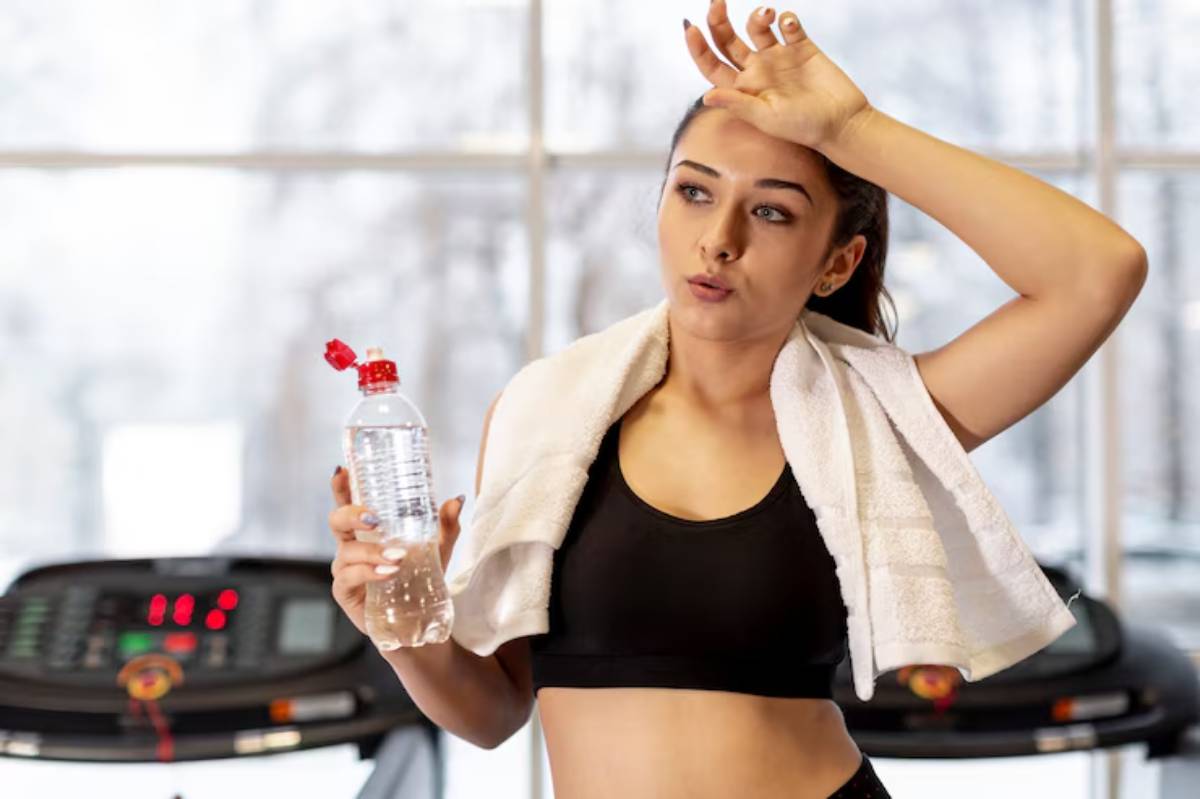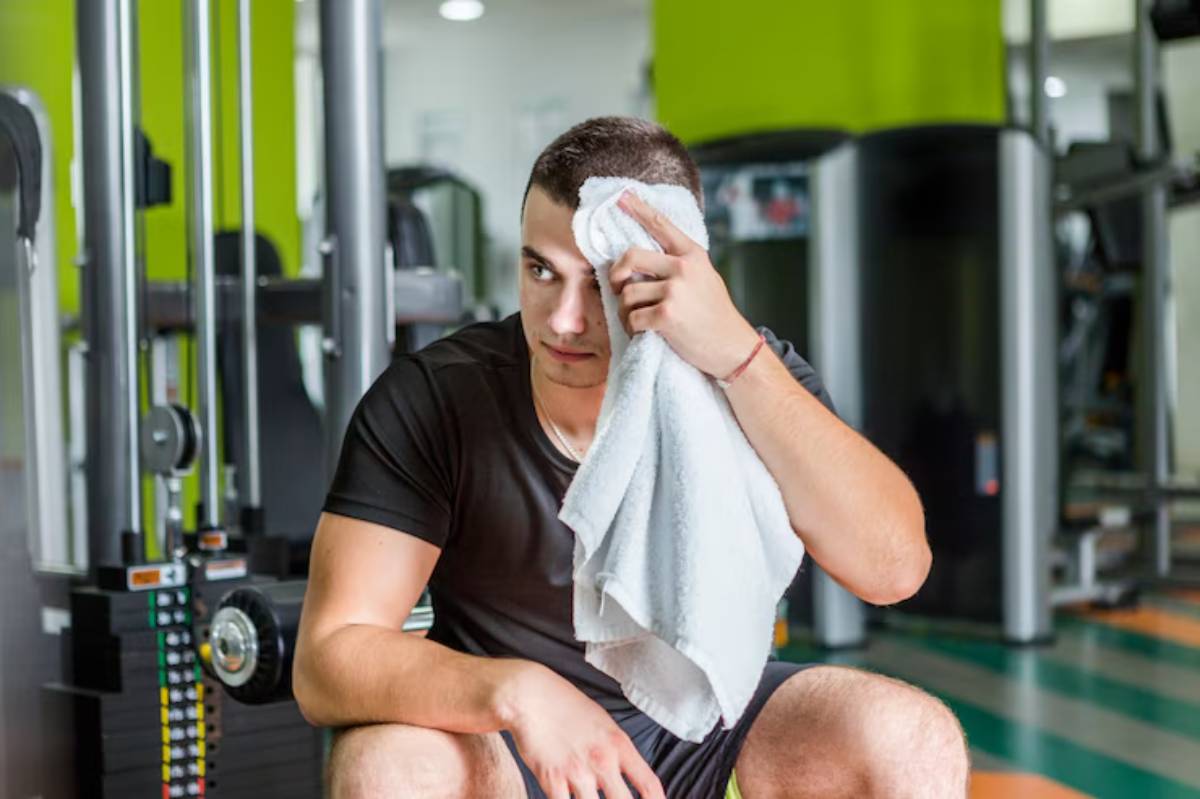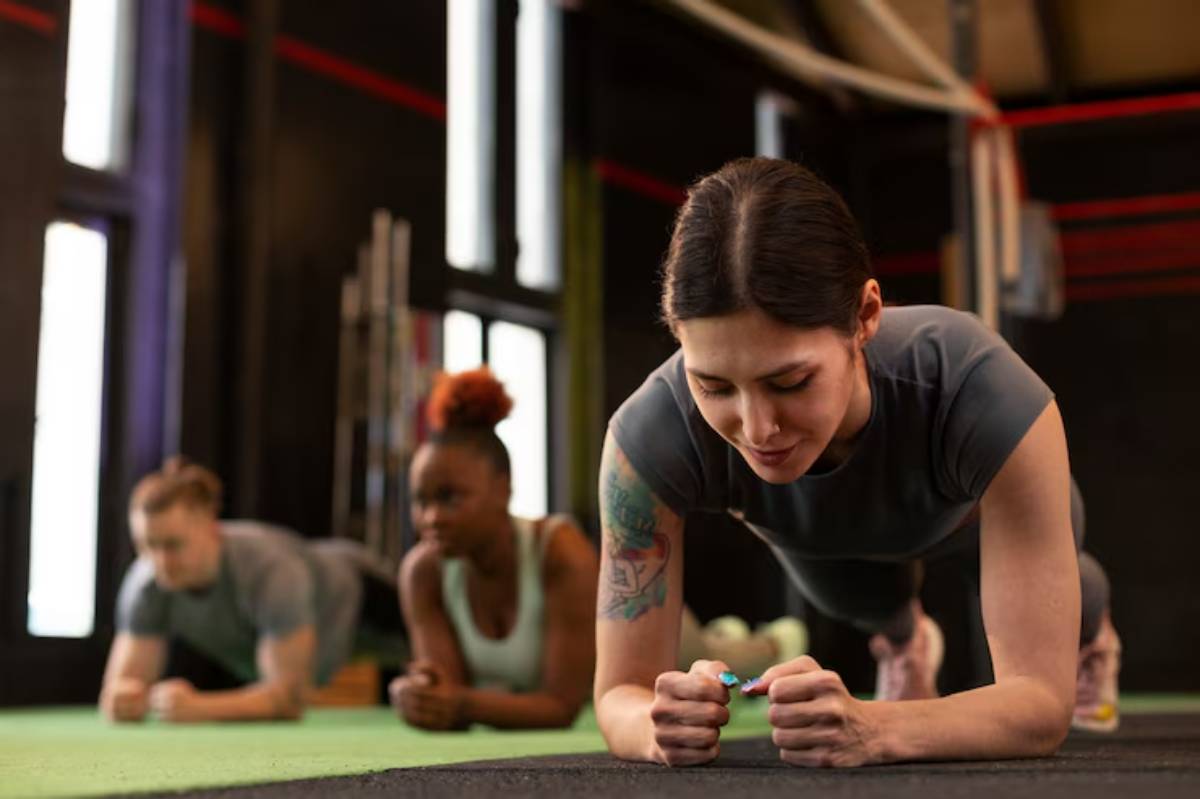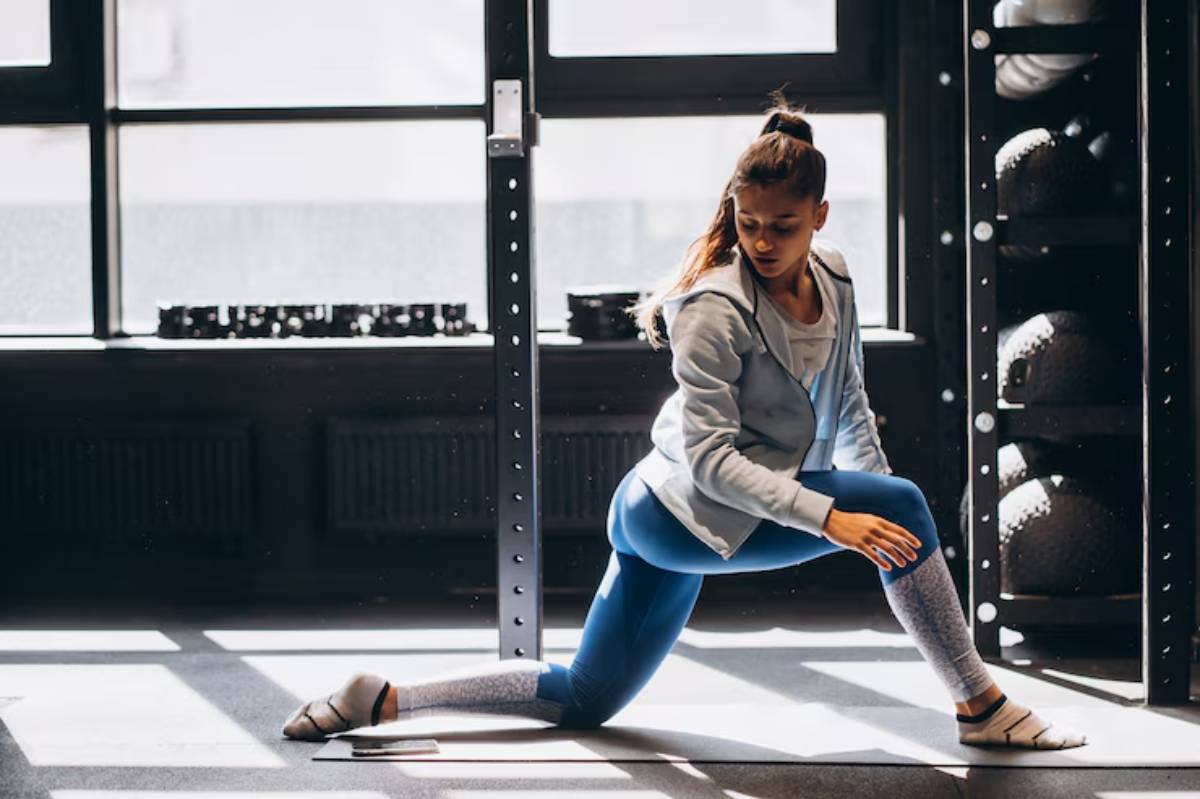
Hydration Protocols After High-Intensity Training
You’ve just crushed a tough workout — maybe it was a HIIT circuit, an intense cycling session, or a heavy lift day. You’re sweating buckets, heart pounding, adrenaline still lingering. It’s tempting to hit the showers and call it done, but there’s one critical recovery step you can’t afford to ignore: rehydration.
Post-workout hydration is often underestimated, yet it’s essential to how you recover, perform in your next session, and even how your body builds strength and repairs tissue. It’s not just about drinking water; it’s about restoring electrolyte balance, replacing fluids lost through sweat, and giving your cells what they need to bounce back.
In this guide, we’ll explore why hydration is such a powerful recovery tool, how high-intensity training impacts fluid levels, and exactly what a science-backed rehydration strategy looks like in real life. You’ll also discover smart drink choices, signs of underhydration, and how to adjust your fluid intake to meet your individual needs, not just generic one-size-fits-all advice.
Why Hydration Matters After Intense Training
You lose more than just sweat during high-intensity exercise. Along with water, your body sheds vital minerals — sodium, potassium, magnesium, and chloride — that are responsible for everything from muscle contractions to nerve signalling.
If you don’t replace these fluids and electrolytes after training, you may experience:
- Delayed recovery and muscle cramps
- Fatigue and brain fog
- Headaches and dizziness
- Reduced strength and performance next session
According to the American Council on Exercise, losing as little as 2% of your body weight in fluids can lead to measurable declines in performance. That means if you weigh 70kg and lose 1.4kg in sweat (very possible in an hour of HIIT), your body is already at a disadvantage.

Understanding Fluid Loss During Exercise
The amount of fluid you lose depends on several factors:
- Duration and intensity of your workout
- The temperature and humidity of your environment
- Sweat rate, which varies significantly between individuals
- Clothing (more layers = more sweat retention and fluid loss)
If you finish a workout with your shirt drenched and a white crust of salt around your neckline, you’ve lost a significant amount of both water and sodium.
One of the easiest ways to estimate your fluid loss is to weigh yourself before and after a session (nude, if possible) and note the difference. Every 1kg lost = roughly 1 litre of fluid to replace.
The Role of Electrolytes in Recovery
Electrolytes are minerals that carry electrical charges in your body.
They’re crucial for:
- Muscle contraction and relaxation
- Fluid balance within and outside your cells
- Maintaining blood pressure and pH levels
The most important electrolytes to replenish post-exercise are:
- Sodium – the primary mineral lost through sweat
- Potassium – helps regulate heart function and muscle contraction
- Magnesium – aids in muscle repair and nerve function
- Calcium – important for muscular contractions
Plain water alone isn’t always enough after high-intensity workouts. While it rehydrates, it doesn’t replace the electrolytes you’ve lost, especially if you’re sweating heavily or training in heat.
What a Smart Rehydration Strategy Looks Like
Here’s how to rehydrate effectively without overthinking it:
1. Replace Fluids Gradually
Rather than chugging a litre in one go (which can cause bloating and flush out sodium too quickly), sip steadily over 1–2 hours post-workout.
Aim for:
- 1.2 to 1.5 litres per kg of bodyweight lost during exercise
- Or approximately 500–750ml within the first hour if you didn’t weigh yourself
2. Include Electrolytes
Your post-workout hydration should include a source of electrolytes, particularly sodium and potassium.
Options include:
- Oral rehydration solutions (ORS) like Nuun, Precision Hydration, or Hydralyte
- Coconut water (natural and rich in potassium, though low in sodium)
- Homemade electrolyte drinks with salt, citrus juice, and honey
- Sports drinks, though many are high in sugar — read labels carefully
For lighter workouts, water may be enough. But after vigorous or long-duration training, electrolytes are non-negotiable.
3. Don’t Rely on Thirst Alone
By the time you’re thirsty, you’re likely already dehydrated. Your thirst mechanism can also be blunted during and after intense sessions, especially in hot or humid weather.
Check your urine colour post-exercise: pale yellow = hydrated, dark amber = underhydrated.

4. Eat a Hydrating Recovery Meal
Food also plays a role in rehydration.
Many whole foods are naturally rich in electrolytes and water content:
- Watermelon, cucumber, and oranges
- Leafy greens and bell peppers
- Bananas (potassium)
- Greek yoghurt (calcium and sodium)
Pairing these with your post-workout meal gives your body a fluid boost and helps absorption.
If you’re planning your meals for optimal replenishment, combining your recovery meal plan with hydrating ingredients makes a bigger impact than water alone.
Best Hydration Choices After Training
Here’s how common drinks stack up:
| Beverage | Hydration Score | Electrolyte Content | Best For |
| Water | Good | Low | Light/moderate workouts |
| Coconut water | Very good | High in potassium | Natural electrolyte replenishment |
| Sports drinks | Moderate–good | Sodium, potassium | High sweat loss, long sessions |
| Electrolyte tablets | Excellent | Customisable | Tailored rehydration post-HIIT/cardio |
| Protein shakes | Moderate | Varies | Good fluid + protein source |
| Milk | Good | High in calcium | Muscle recovery with added hydration |
Pro tip: Add a pinch of salt to your water if you’ve had a particularly sweaty workout and don’t have access to electrolyte products.
Real-World Hydration Scenarios
Let’s bring this to life with two examples:
1. The Evening Gym-Goer
Emma trains at 6:30 PM — a 60-minute strength and conditioning circuit. She sweats heavily and often forgets to rehydrate after her workout. By bedtime, she experiences muscle cramps and struggles to sleep.
Optimised approach: Post-session, Emma drinks 500ml of water with a hydration tablet, eats a meal with brown rice, greens, and grilled chicken (adding fluids and sodium), and sips water until bed. Cramps are gone, and recovery improves.
2. The Early Riser Runner
Tom runs 10km every morning before work. He drinks coffee after his run but rarely replaces his fluids immediately. By 10 AM, he feels foggy and flat.
Optimised approach: Before bed, Tom prepares a bottle of coconut water mixed with salt and lemon. After his run, he drinks it along with a banana and Greek yoghurt breakfast. His energy levels and focus bounce back quickly.
Want to take recovery even further? Combine your rehydration with a post workout nutrition strategy to get the most from your efforts.
Hydration Tips for Different Training Styles
Weightlifters
- Fluid loss is lower than in cardio, but cellular hydration still supports muscle contraction and repair
- Add electrolytes if lifting in hot environments or for over 60 minutes
Endurance Athletes
- Prioritise pre- and post-hydration, especially during longer events
- Consider weighing before/after to guide fluid intake

HIIT & Circuit Trainers
- High sweat loss = high need for both water and electrolytes
- Coconut water or low-sugar sports drinks work well
Outdoor Sports or Summer Training
- Increase fluid and salt intake even before training
- Use cooling techniques and sip water every 15–20 minutes during the session
Common Mistakes to Avoid
Let’s clear up a few myths and mishaps:
- Chugging litres of plain water post-workout without replacing electrolytes
- Drinking only when you’re thirsty
- Skipping rehydration altogether, thinking a meal will “take care of it”
- Relying on energy drinks instead of proper hydration
- Believing water is always enough, even after a 90-minute sweat session
The key? Hydrate strategically, not reactively.
Conclusion: Make Hydration a Habit, Not an Afterthought
It’s easy to treat hydration as an afterthought — a quick swig of water here, a coffee there — but the truth is, your recovery begins the moment your workout ends. And it starts with replacing what you’ve lost.
By adopting a smart rehydration strategy, you support muscle recovery, regulate your body’s systems, and prepare to train harder and more consistently. It’s not about perfection—it’s about consistency.
So next time you towel off and think you’re done, pause. Ask yourself: Have I rehydrated well enough to recover fully? If not, reach for that water bottle — with a little added something — and drink to your future strength.
Hydrate wisely, recover faster, perform better — one sip at a time.


